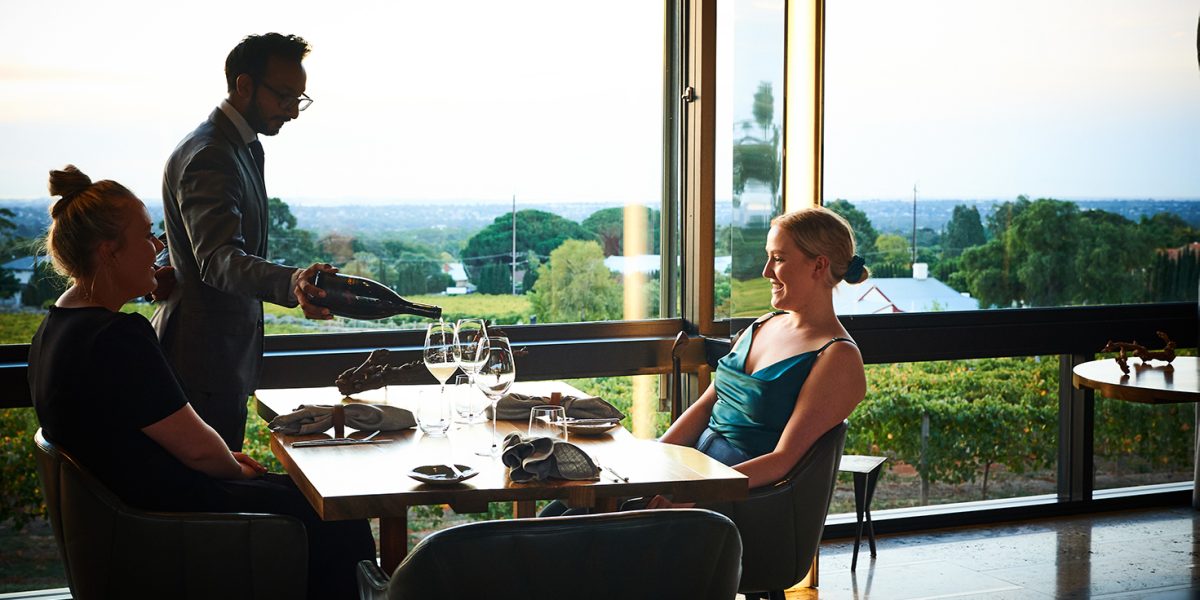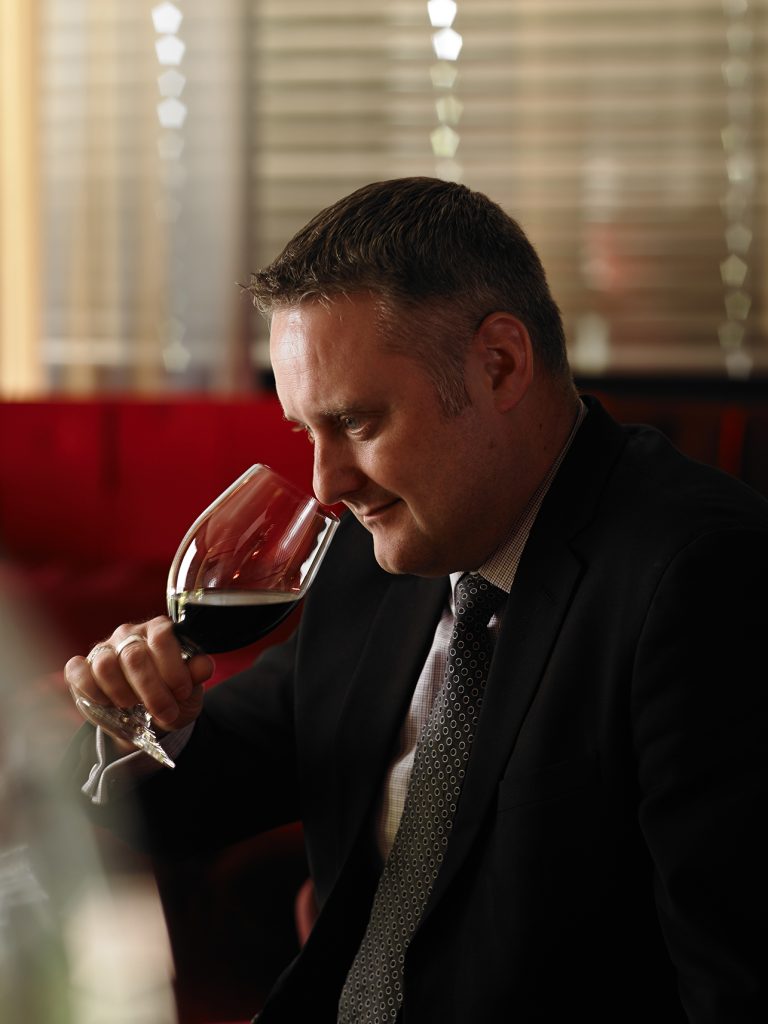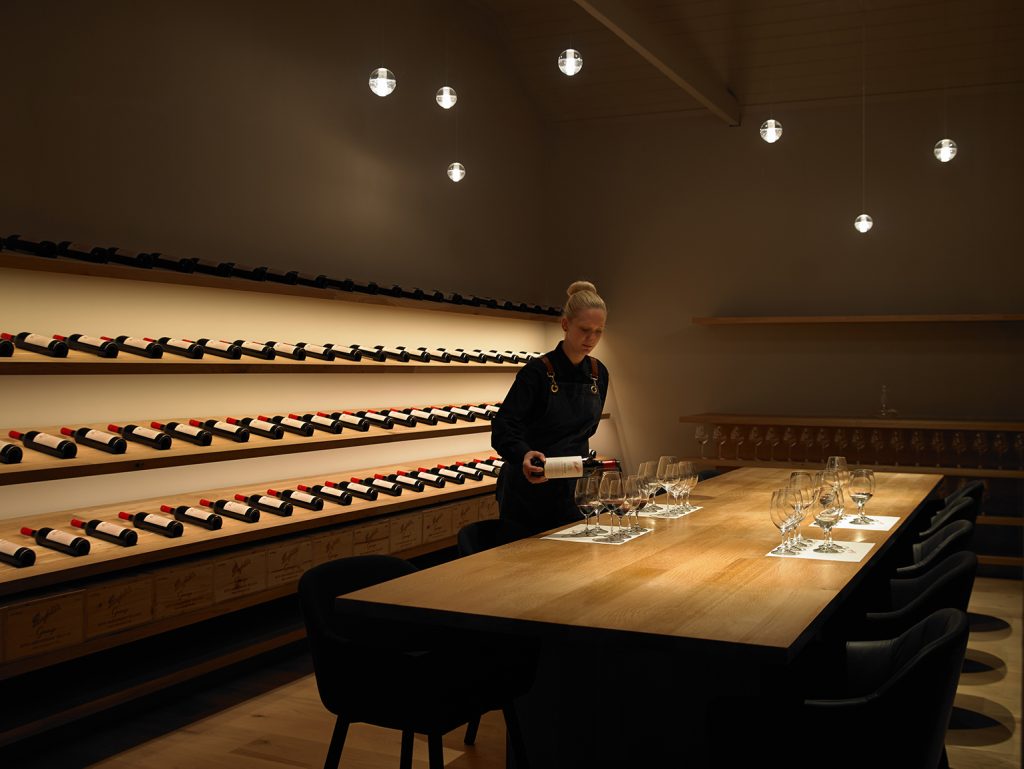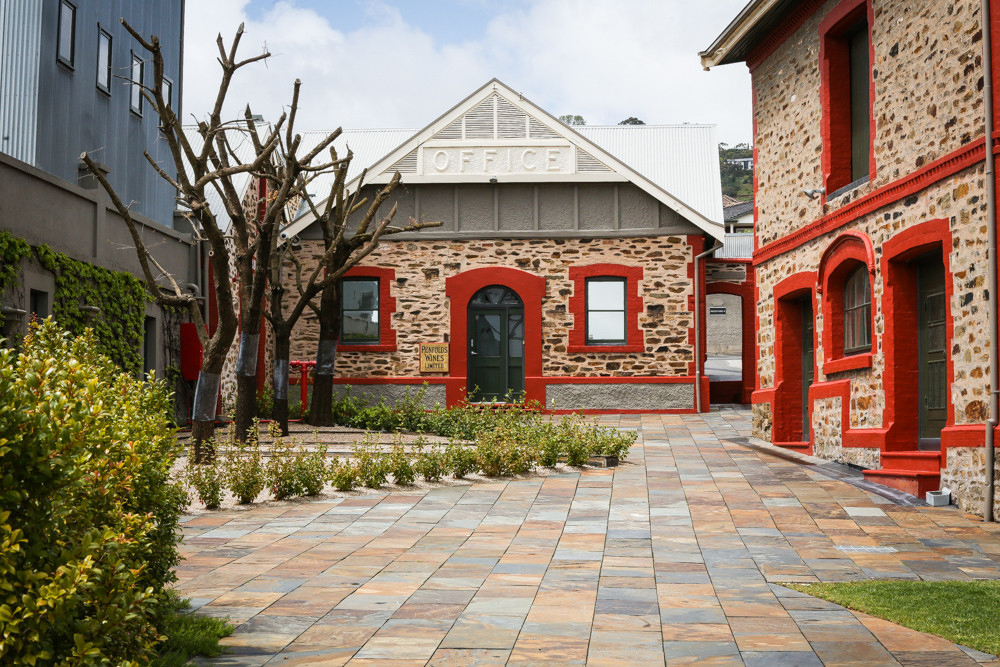Right Time And Place – The Making Of An Icon
Terroir is an important factor in the wine world. The concept that the variables from a particular region, the soil conditions, terrain, hydrology, climate and so on help to create a certain regional profile. But there are times when the concept of capturing the essence of a place goes that much deeper. Penfolds Magill Estate in Adelaide is the birthplace of the iconic Australian wine label Penfolds. And while a lot has changed over its 178 year history, it is still operating today and you can even enjoy an amazing meal at the Magill Estate Restaurant and, of course, a great wine or two. Penfolds Global Ambassador Jamie Sach shares his history with the historic Magill Estate and the wine he would time travel for.
Head Chef Scott Huggins talks about drawing inspiration from Penfolds wine for the dishes at Magill Estate Restaurant. That seems to turn the tables on the idea of starting with the meal and then matching the wine. Can you talk a little bit about how this relationship manifests itself in the final dining experience?
Having spent time working as both a chef and a sommelier, I don’t find it odd working backwards from the wine to the food. Scott has certainly embraced that too, after all, Magill Estate Restaurant is our ultimate Penfolds showcase.
Also, the Penfolds portfolio is so broad that it doesn’t feel at all restrictive. Especially when you consider the back-vintage selections we have available. Penfolds make champagne, aromatic white wines, complex chardonnay, rosé, light bodied reds, fruit driven reds, full bodied reds, and a range of fortified wines and brandy.
Having said this, what would be your money is no object choice for a bottle of wine for a special dining experience at the restaurant?
My favourite Penfolds wine of all time is the 1962 Bin 60A Coonawarra Cabernet Kalimna Shiraz. At 60 years of age, it is quite astonishing, still showing powerful fruit, but with the complexity that only careful maturation can bring. Think forest floor, damp pine needles and truffles, with polished leather and pan scrapings.
My perfect food pairing is a simple cut of waygu beef. Scott sources his wagyu from Mayura Station and grills it over redgum charcoal seasoned with sea salt and black pepper. It is to die for.
And your choice if money unfortunately is a factor?
You don’t need a platinum Amex to drink well at Penfolds. The Max’s range is an affordable range of premium wines that offer immediate drinkability, ideal for a laid-back BBQ lunch. Max’s Shiraz is my go-to Sunday lunch wine.
The real centre of gravity for me is the Penfolds Bin range of wines. This is where you see the perfect intersection of price and quality. Bin 51 Eden Valley Riesling is a great starting point – approachable on release but can also be cellared and enjoyed down the track. Bin 389 is arguably the best value wine we make… sure it’s not exactly inexpensive, but at $100 a bottle in retail, this wine captures the A grade wine that narrowly missed the cut for either of our far more expensive big guns, Grange (Shiraz) or Bin 707 (Cabernet Sauvignon). It’s outstanding when young, but can easily last 30 years if carefully cellared.
At a more modest price is the Bin 28 Shiraz, which embraces a similar philosophy to Grange… generous warm climate Shiraz matured in American oak barrels. It has been around since 1959 and is still made to the stylistic template that Max established. It’s fantastic value.
In a nice bit of reverse fate (if that’s a thing) you actually worked at Magill Estate Restaurant in the late 90s as a sommelier. Did you have an idea of what your future career might hold and was Global Ambassador on that list by any chance?
I had no idea at first, but it was clear to me early on that the restaurant was a very special place and that there were some terrific career opportunities to be had with Penfolds. The first sommelier I worked under ended up moving to the United States to run our education program. That gave me the opportunity to step up, and with my media background I eventually morphed into a brand ambassador. It was quite an organic process.
What makes Penfolds Magill Estate such a special destination in 2022?
Penfolds Magill Estate is only 8km from the centre of Adelaide, a short 20-minute drive. From the front steps you can gaze over the plains towards Gulf St. Vincent, a stunning view especially if you happen to catch the sunset. Our Cellar Door is open to the public 7 days a week and offers tours and tastings.
If you visit during vintage, you can stand just a few metres away from a bubbling fermenter. The underground drives, excavated into the hill behind the winery, are steeped in history and house a collection of vinous treasures. After a stroll, you can sit for lunch at the Magill Estate Kitchen and enjoy chef Scott Huggins delicious food.
If you are after a truly decadent dining experience, you may want to consider the Magill Estate Restaurant, where you can enjoy the finest food and wine pairings imaginable.
Any key historical artefacts that you suggest we keep an eye out for when we are there?
The Cellar Door is home to a collection of artefacts, including Max Schubert’s personal Grange collection. There is also a Penfolds Block 42 Ampoule on display and the stunning St. Louis Crystal Aevum Imperial Service Ritual, designed to hold a 6 litre Imperial of Grange. If you join a tour you will also catch a glimpse of Max’s “curio” wine collection which includes a rare signed bottle of 1962 Bin 60A Coonawarra Cabernet Kalimna Shiraz among other “unicorn” wines.
If you could choose one year in Penfold’s 178-year history that you could travel back in time to, what year would it be and why? Also what bottle of wine would you bring back to 2022 with you?
Great question, I’d go back to 1957 when the Sydney based board of directors tasted all the Grange’s Max had made up to that point, and then told him to stop production. I’ve always wondered what the conversation was like, what on earth were they thinking?
I’d be bringing back a bottle of 1951 Grange, bottles of that first experimental wine are fetching over $150,000 now. In 1957, Max was selling them to his cellar hands for a shilling each. Pretty good return on investment.




